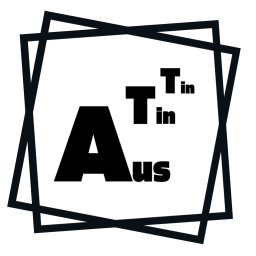寫作業剛好感覺 spec 很適合用來練習一些 C++ 專屬的寫法,主要進行的是 Tensor 的運算,所以用到了一些記憶體管理和 template 的功能。因為語法看起來都滿容易忘記的,所以把他們的意思和語法記下來。先放一些,這個主題之後應該可以繼續放其他的內容。
Lambda Basics
基本的 lambda function 會長這樣:
auto f = [](int x) { return x; };
前面方括號的意思是 capture ,可以用來「抓」在目前 scope 裡的 symbol 。預設的 capture 是by value ,也就是會 copy ,在 symbol 前面加 & 就會是 capture by reference 。除了顯式的指定要 capture 的符號外,也可以使用 default capture ,會自動 capture 所有「沒有 capture 但有在 function body 中使用」的 symbol 。 default capture 的語法長這樣:
void f(int y) {
int x = 10;
auto g = [=]() { return x+y; } // capture by value
auto h = [&]() { return x++; } // capture by reference
}
Lambda for Function Composition
在 template 中拿到 function 的參數 type 的方法沒有那麼好想,所以要寫一個函數的合成的 callable type 也不太容易,要偷懶就用 lambda 讓他全部自己推。
// F, G 是 callable 的 type
template<typename F, typename G>
auto compose(F&& fn, G&& gn) {
return [=](auto&& x) {
return fn(gn(x));
};
}
int main() {
auto f = [](int x) { return x+1; };
auto g = [](int x) { return x+2; };
std::cout << compose(f, g)(10) << std::endl;
}
using aliases
typedef 只能對 instantiated type 做定義,我們有時候希望這個定義能夠幫我們對 template 傳遞需要的 template 參數,這時候可以對 using 關鍵字使用 template 。
template<class T>
using Point = tuple<T, T, T>;
int main() {
Point<float> p;
return 0;
}
Templates Parameter Pack
C++ template 的參數可以是不定長度的,在參數列表中會在最後一個參數以 ... 表示,因為這些參數的使用都是在 compile time 就完成的,所以不會有像 va_list 那樣可以在執行時期使用的資料結構,也因此把參數 unpack 過後使用他的方法要不就是把它原封不動傳給其他人,要不就是用 template 寫遞迴把參數一個一個拿出來。底下是一個使用遞迴定義多維陣列 Tensor 的例子:
// using 本身不能遞迴,所以用 struct 遞迴定出每一層的 type
template<typename T, int r, int... Args>
struct Tensor_ {
// 拿出第一個參數,剩下用 Args... 展開往下傳
// 使用 typename 是因為 Tensor_<T, Args...> 是 non-instantiated type , compiler 還不知道成員 ::t 是什麼
using t = std::array<typename Tensor_<T, Args...>::t, r>;
};
// Base case
template<typename T, int r>
struct Tensor_<T, r> {
using t = std::array<T, r>;
};
template<typename T, int r, int... Args>
using Tensor = typename Tensor_<T, r, Args...>::t;
// 使用
Tensor<3, 4, 5> T;
References
Do c++11 lambdas capture variables they don't use?
Is there any difference betwen [=] and [&] in lambda functions?
